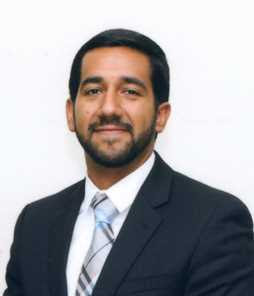How using technology to curb speeding in work zones has worked in other states
In 2006, Illinois became the first state to authorize the use of automated traffic enforcement programs to enforce speed limits in highway work zones, with implementation coming a few years later. The enabling legislation provided a legal framework for photo enforcement of speed limits in highway work zones.
Listen now: https://www.buzzsprout.com/1374205/11228543-how-using-technology-to-curb-speeding-in-work-zones-has-worked-in-other-states


Last week, some Michigan lawmakers, Michigan Department of Transportation (MDOT) officials, and leaders in labor organizations and the road building industry witnessed demonstrations on Michigan freeways of how the technology works.
On this edition of the Talking Michigan Transportation podcast, first, a conversation with Juan Pava, Safety Programs Unit chief, Bureau of Safety Programs and Engineering at the Illinois Department of Transportation, about how the enforcement has worked there.
|

Later, Lance Binoniemi of the Michigan Infrastructure and Transportation Association (MITA), talks about why he and his members are advocating for House Bill 5750, and what he learned from the demonstrations.
Some key themes:
- Both transportation professionals and researchers generally agree that active enforcement is the most effective way to reduce speeding in work zones. However, speed enforcement in work zones is not always as simple as posting police in the work zone. Oftentimes work zones are not conducive to active enforcement by officers. For example, the work zone layout may limit both the number of safe locations where officers can position their vehicles and the number of pull-off areas where violators can be stopped.
- Active enforcement may also mean that officers will need to leave the work zone to cite a vehicle (which decreases enforcement visibility) or step out of their vehicles in the work zone (which opens them up to the risk of being struck by a passing vehicle).
- Alternatively, photo speed enforcement systems provide active enforcement while remaining stationary, and they can consistently cite more drivers, which can increase compliance with posted speed limits.
- Another benefit of using fixed camera systems is that they don’t require officers to risk injury or death by exposing themselves to vehicles moving at high speeds through the work zone. Studies of these systems in general have shown that their use could result in a reduction in injury crashes of as much as 20 to 25 percent.
|
|
|